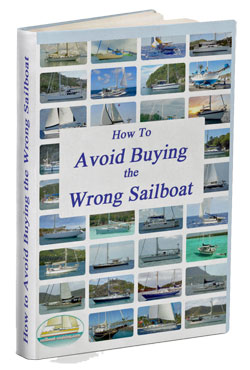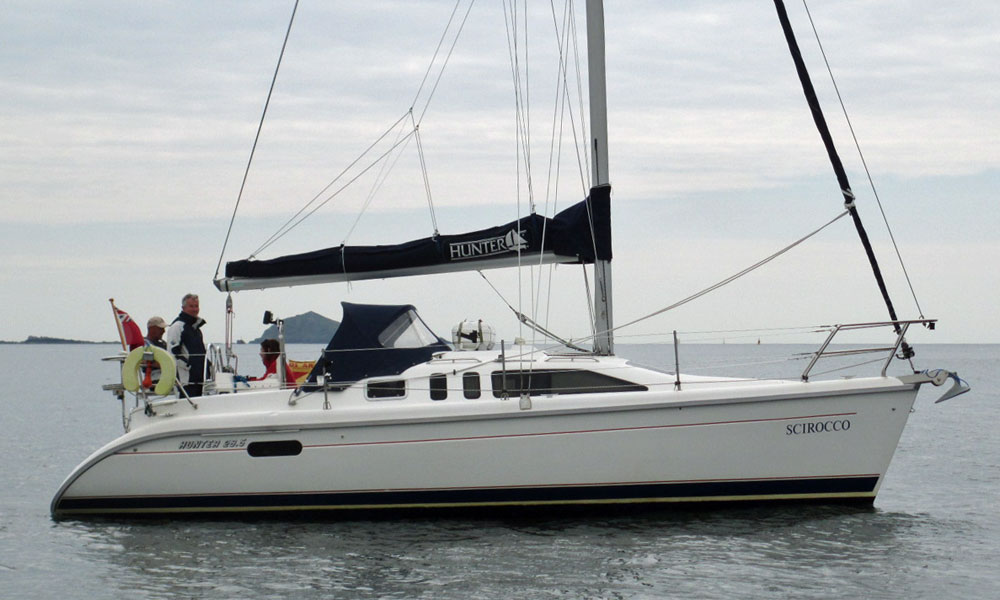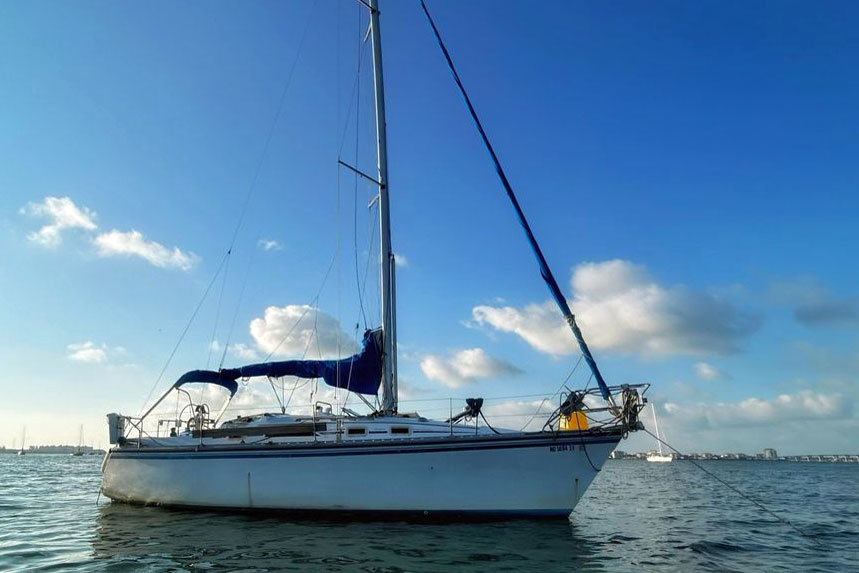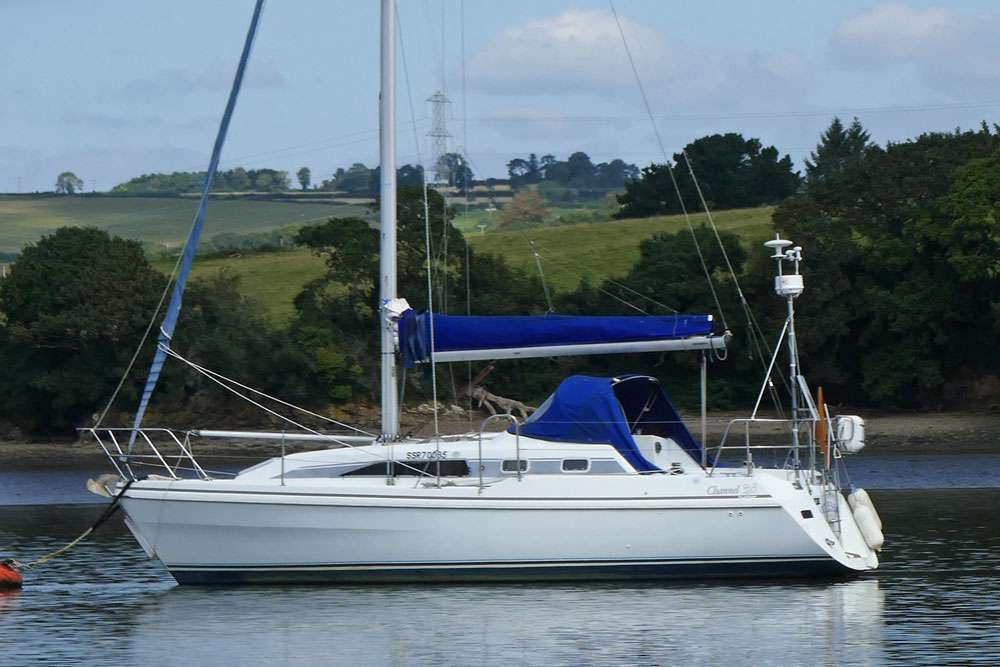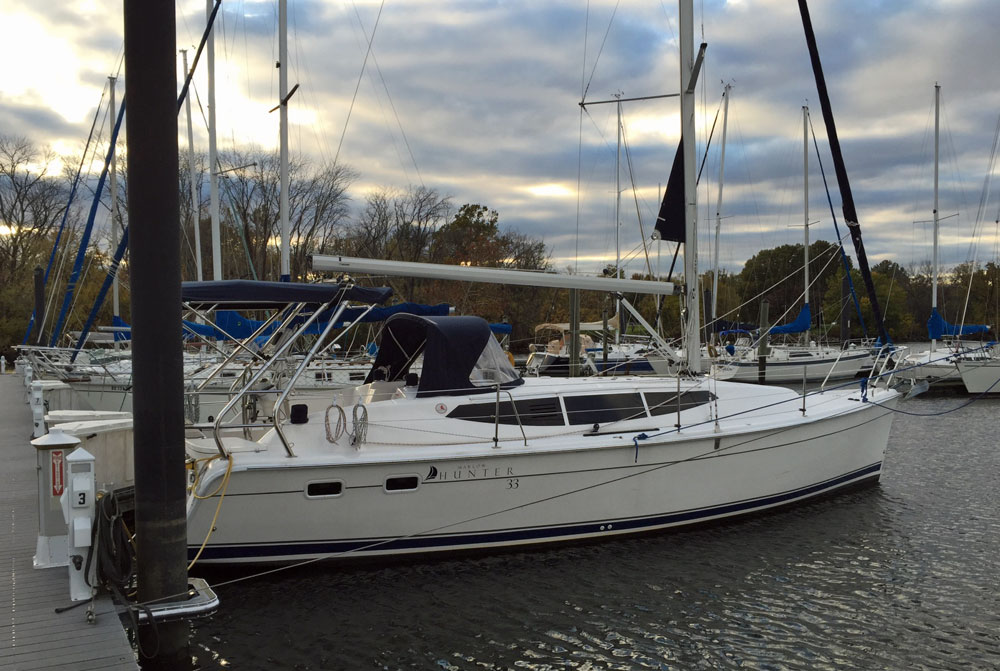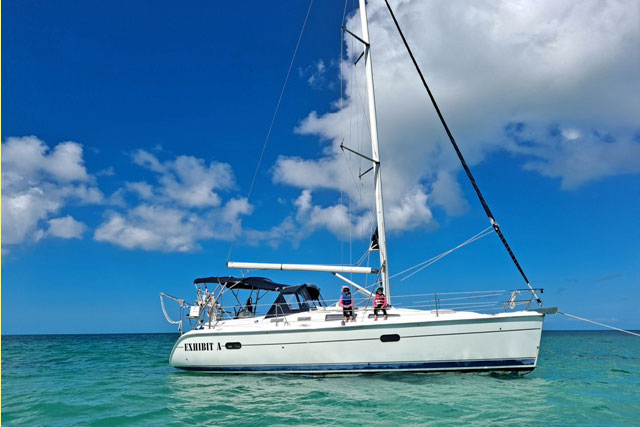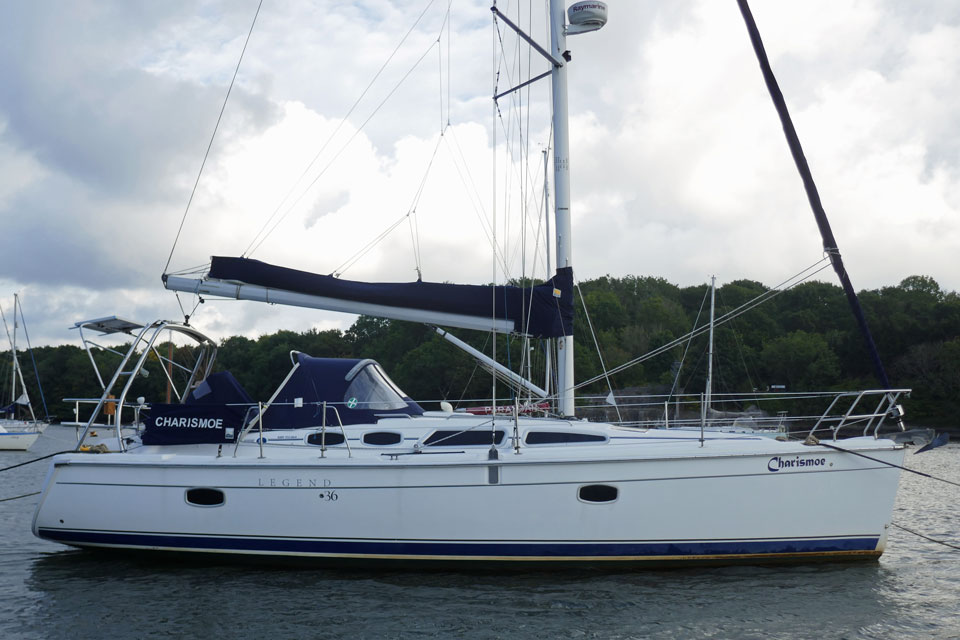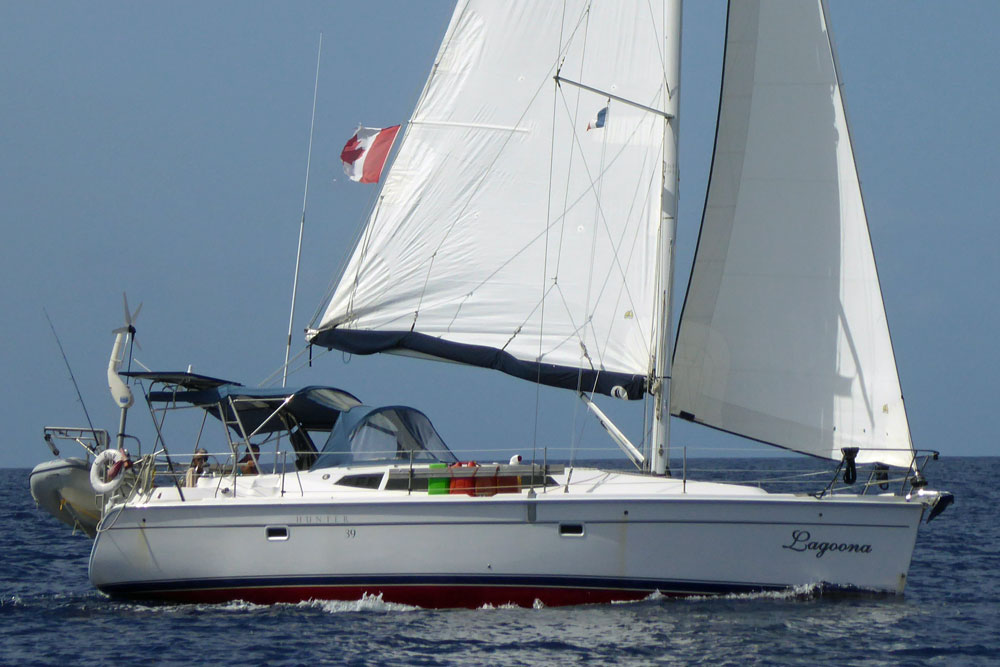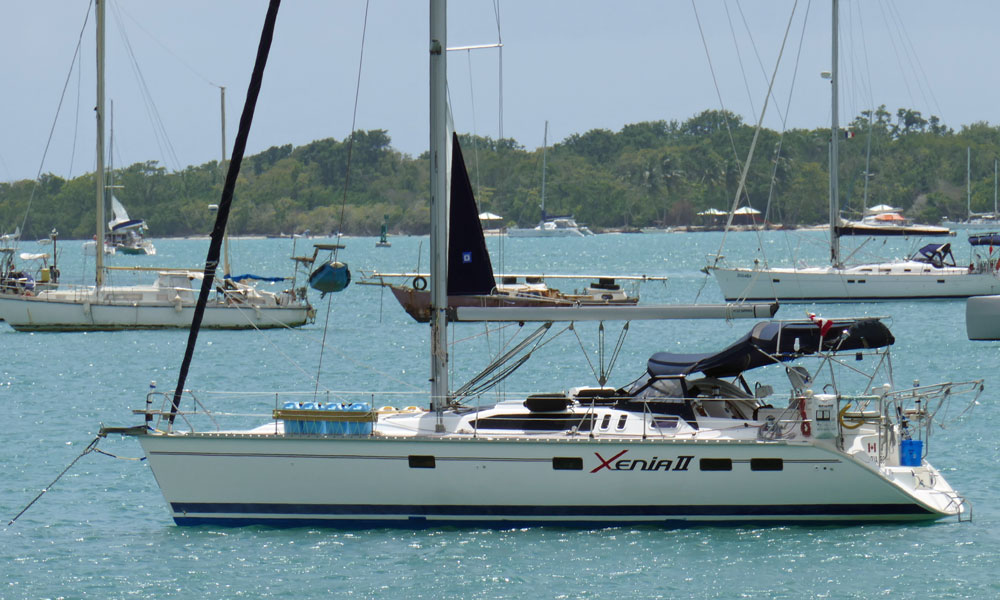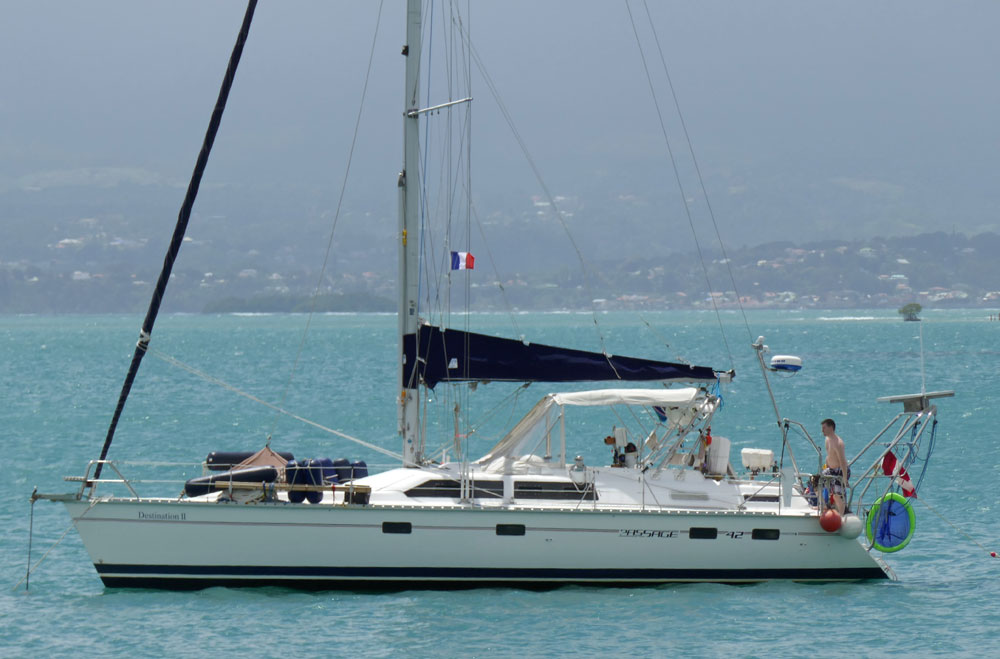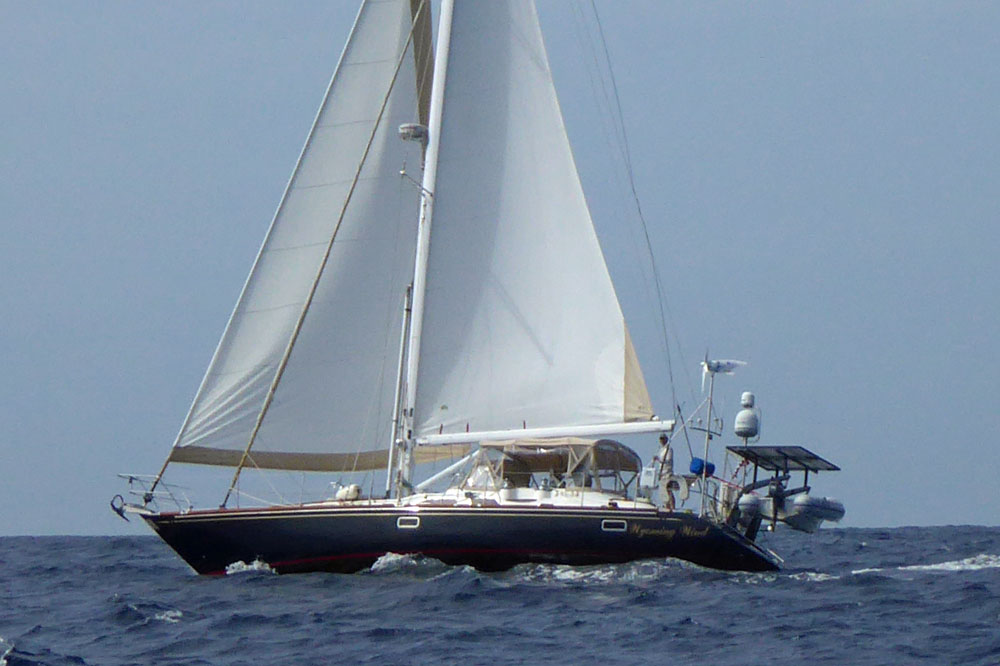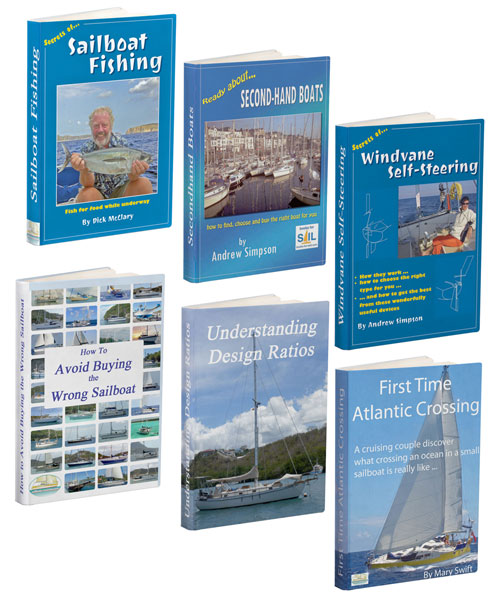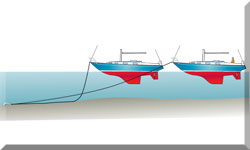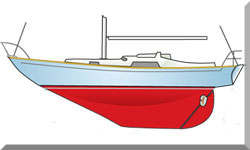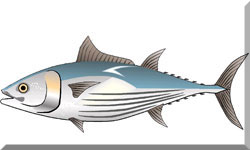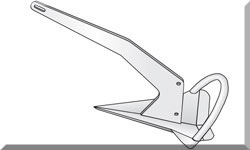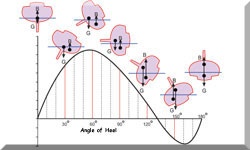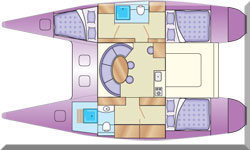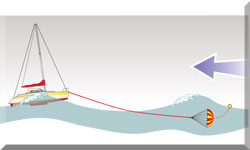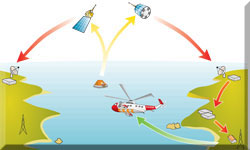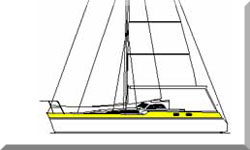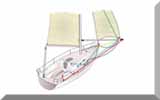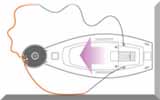- Home
- Cruising Yachts 30' to 35'
- Hunter 30T
The Hunter 30T Sailboat
Specs & Key Performance Indicators
The Hunter 30T, a fractionally rigged sloop, was designed and built in the USA by Hunter Marine. The 'T' refers to the shape of the cockpit.
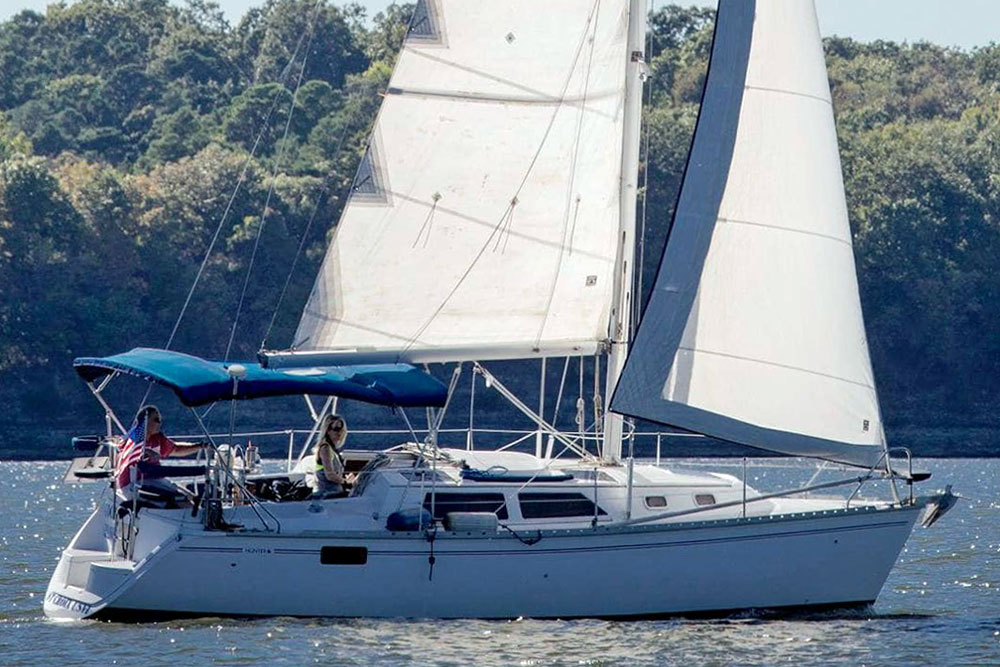 The Hunter 30T
The Hunter 30TPublished Specification for the Hunter 30T
Underwater Profile: Wing keel
Hull Material: GRP (Fibreglass)
Length Overall: 30'1" (9.2m)
Waterline Length: 26'4" (8.0m)
Beam: 11'0" (3.4m)
Draft: 4'3" (1.3m)
Rig Type: Fractional rig
Displacement: 10,500lb (4,763kg)
Ballast: 3,800lb (1,724kg)
Designer: Hunter Marine
Builder: Hunter Marine (USA)
Year First Built: 1991
Year Last Built: 1994
Published Design Ratios for the Hunter 30T
1. Sail Area/Displacement Ratio: 14.5
2. Ballast/Displacement Ratio: 36.2
3. Displacement/Length Ratio: 257
4. Comfort Ratio: 24.2
5. Capsize Screening Formula: 2.01
Summary Analysis of the Design Ratios for the Hunter 30T
1. A Sail Area/Displacement Ratio of just 14.5 suggests that the Hunter 30T will need a stiff breeze to get her going. In light conditions, unless you've got plenty of time on your hands, motor-sailing may be the way to go.
2. A Ballast/Displacement Ratio of 36.2 would usually mean that the Hunter 30T would have a tendency to heel uncomfortably in a gust, and need to be reefed early to keep her sailing upright in a moderate breeze.
However, as she has much of her ballast concentrated in her wing keel, she's likely to be considerably stiffer than her published Ballast/Displacement Ratio might suggest.
3. A Displacement/Length Ratio of 257, tells us the Hunter 30T is a moderate displacement cruiser, which means she'll carry all your cruising gear without it having a dramatic effect on her performance. Most of today's sailboats intended for offshore cruising fall into this displacement category.
4. Ted Brewer's Comfort Ratio of 24.2 suggests that crew comfort of a Hunter 30T in a seaway is similar to what you would associate with the motion of a coastal cruiser with moderate stability, which is not the best of news for anyone prone to seasickness.
5. The Capsize Screening Formula of 2.01 tells us that a Hunter 30T would not be as good a choice of sailboat for ocean passage-making, owing to the increased risk of capsize in strong winds and heavy seas when compared to a sailboat with a CSF of less than 2.0.
Any Questions?
What is the history of the builders of the Hunter 30T and is the company still in business?
What is the history of the builders of the Hunter 30T and is the company still in business?
Hunter Marine began building auxiliary sailboats in 1974, largely as a result of the first oil embargo and new energy consciousness that followed. Founded by Warren Luhrs, Hunter began as a division of powerboat builder Silverton Yachts, which was interested in expanding its offerings and taking advantage of new interest in saving fuel. The company's aim was high-volume production, keeping prices low by standardizing design, making as few tooling changes as possible, and offering its boats fully equipped while other companies were selling things like bow pulpits and lifelines as options on a 30-foot boat. In 2012, Hunter Marine was sold to David Marlow, builder of Marlow Yachts.
Is the Hunter 30T still in production and, if not, when did production end and how many of these sailboats were built?
Is the Hunter 30T still in production and, if not, when did production end and how many of these sailboats were built?
The Hunter 30T is no longer in production. The design was built by Hunter Marine in the United States between 1991 and 1994.
How many people can sleep on board a Hunter 30T?
How many people can sleep on board a Hunter 30T?
The design features sleeping accommodation for seven people.
What is the average cost of a secondhand Hunter 30T?
What is the average cost of a secondhand Hunter 30T?
The average cost of a secondhand Hunter 30T varies depending on factors such as age, condition, location, and equipment included. As an example, one listing shows a secondhand Hunter 30T from Grand Rivers, KY being sold for $23,000 USD.
How does the Hunter 30T compare to other sailboats in its class?
How does the Hunter 30T compare to other sailboats in its class?
One owner compared their experience with both a Catalina 30 and a Hunter 30T: "If you want interior space and liveability I would go for the Hunter 30T, it is a big thirty-footer inside. If you want a better quality sailboat which is also 'stiffer' with less weather helm etc, go for the Catalina 30".
What other sailboats have been created by the designer of the Hunter 30T?
What other sailboats have been created by the designer of the Hunter 30T?
The designer of the original unrelated model from which this model was developed (the unrelated model being called "Hunter" or "Hunter Cherubini") was John Cherubini.
John Cherubini was an important and admired American yacht designer during the 1970s. He grew up in the Delaware River area and studied naval architecture with the Westlawn program in 1938. He then worked professionally as an aviation engineer. In the late 1950s and early 1960s, he and his brother had a boat shop that built small outboard runabouts. John also raced small sailboats, in a fleet that included Warren Luhrs.
The above answers were drafted by sailboat-cruising.com using GPT-4 (OpenAI’s large-scale language-generation model) as a research assistant to develop source material; to the best of our knowledge, we believe them to be accurate.
Other sailboats in the Hunter range include:
Recent Articles
-
Modern Boat Electronics and the Latest Marine Instruments
Dec 20, 25 05:27 PM
Should sailboat instruments be linked to the latest boat electronics as a fully integrated system, or is it best to leave them as independent units? -
Hans Christian 43: Classic Bluewater Cruiser & Liveaboard Sailboat
Dec 10, 25 04:37 AM
Explore the Hans Christian 43: a legendary heavy-displacement, long-keel sailboat. Read our in-depth review of its specs, design ratios, and suitability for offshore cruising and living aboard. -
Planning Your Sailboat Liveaboard Lifestyle: An Ocean Sailor's Guide
Dec 06, 25 05:18 AM
Seasoned sailors share their methodical risk analysis for planning a secure Sailboat Liveaboard Lifestyle, covering financial, property, and relationship risks.
